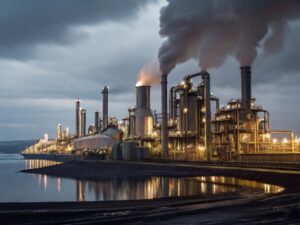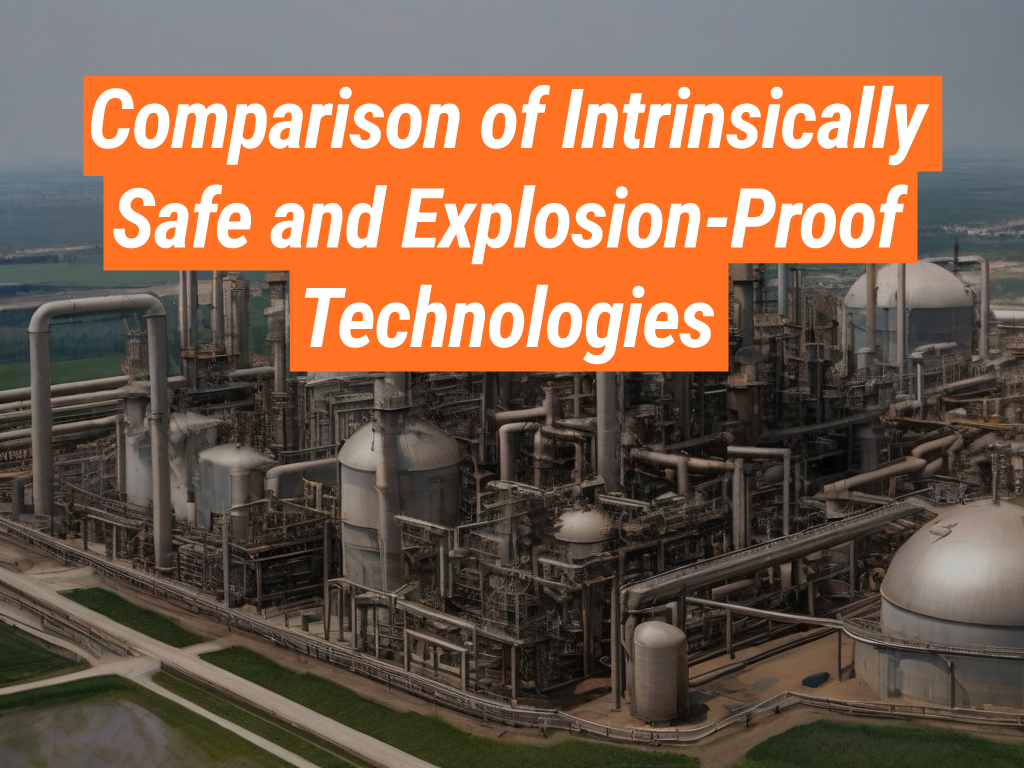When it comes to hazardous environments, safety is paramount. Two technologies that have been developed to ensure safety in such environments are Intrinsically Safe (IS) and Explosion-Proof (EP) technologies. In this article, we will delve into the intricacies of these two technologies, comparing their features, applications, and benefits. This comparison is brought to you by Intrinsically Safe Store, your one-stop-shop for all your intrinsically safe and explosion-proof equipment needs. We invite you to explore our website and discover our wide range of products.
Understanding Intrinsically Safe Technology
Designers create Intrinsically Safe (IS) technology to operate in hazardous areas by limiting the energy available for ignition. This means that even in the event of a fault condition, the equipment cannot produce a spark or heat that could ignite a flammable or explosive atmosphere.
Features of IS Technology
- Low energy levels: IS equipment operates at energy levels below the ignition energy of the hazardous atmosphere.
- Double protection: IS devices are designed to be safe even in fault conditions, providing an extra layer of safety.
- Flexibility: IS equipment can be safely maintained, repaired, or replaced in a hazardous area without needing to shut down operations.

Understanding Explosion-Proof Technology
On the other hand, designers create Explosion-Proof (EP) technology to contain an internal explosion without causing an external hazard. This implies that the equipment has the ability to withstand an internal explosion and stop it from spreading to the surrounding atmosphere.
Features of EP Technology
- Robust construction: They build EP equipment to withstand an internal explosion.
- Flame paths: Flame paths in EP devices cool escaping gases below the ignition temperature, which prevents an external explosion.
- Shutdown required: Unlike IS equipment, you can only carry out maintenance or repair on EP devices after de-energizing and cooling them.
Comparison of IS and EP Technologies
Both IS and EP technologies, designed to ensure safety in hazardous environments, exhibit distinct differences in their operation, maintenance, and cost.
Operation
IS technology operates by preventing an explosion, while EP technology contains and isolates an explosion within the device.
Maintenance
You can maintain IS devices without shutting down operations, while you must shut down and cool EP devices before maintenance.
Cost
While the initial cost of IS equipment may be higher, the total cost of ownership can be lower due to the reduced need for shutdowns and the flexibility of operation.
Choosing Between Intrinsically Safe and Explosion-Proof Technologies
In conclusion, both Intrinsically Safe and Explosion-Proof technologies play crucial roles in ensuring safety in hazardous environments. The choice between the two depends on the specific requirements of the operation, including the nature of the hazard, operational needs, and budget. Intrinsically Safe Store offers a wide range of both IS and EP equipment, catering to various needs and applications. For more information or assistance in choosing the right equipment for your needs, contact us today.


